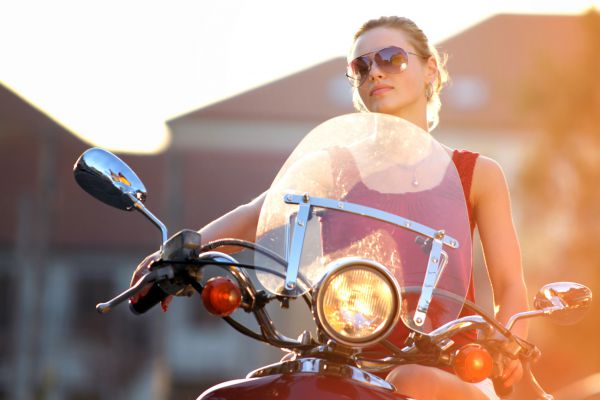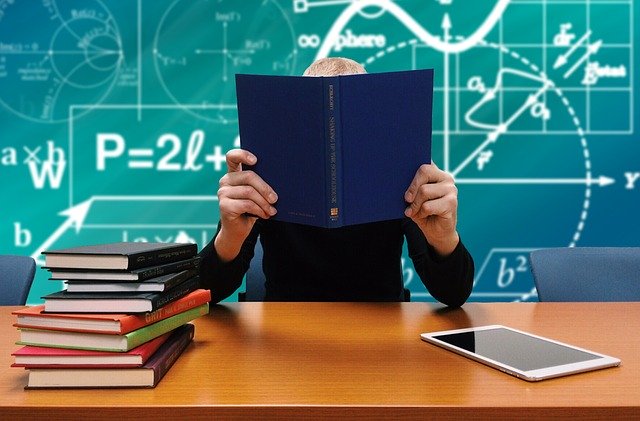In the UK, the driving license is an official document which authorizes its owner to operate various kinds of motor vehicle on roads and highways to which the general public have access. In Wales, Scotland and England they are managed by the DVLA (Driver & Vehicle Licensing Agency).
Legally driving in the UK requires a driver to be at least 17 years of age, meet the officially authorized eyesight standards and possess an appropriate driving license for the vehicle. However, there are a number of driving licenses, to know which is applicable for your read on:
There are two kinds of Licenses:
1. Provisional License:
A provisional license is granted to a learner driver who has never possessed a full license. There are a few restrictions for drivers who own a provisional license, both motorcycle and car drivers. Motorcyclists should not drive a bike, which is above 125cc, or above 14.6 bhp. Car drivers should be escorted by a passenger in the front-seat who is above 21 and possesses a full driving license.
In the UK, a motorcyclist should not drive a bike unless they are pursuing a compulsory training course. They are not permitted to carry another passenger on their bike. Motorcyclists should not carry a person along for the ride on the bike and L-plates should be displayed on their vehicle.
2. Full License:
In UK, a full license is granted to a person who has cleared a driving test within the first two years.
A Guide to Get Driving License in U.K
To be eligible for a driving license for a motorbike or vehicle, drivers should pass both the practical and theoretical test. It is not mandatory to get enrolled in a driving school, though learner drivers should be escorted by a driver who is at least 21years, and with a driving experience of at least three years.
The learner has to pay a charge for both practical as well as theory test. The learner may appear for the theory test once the provisional driving license has been issued.
This test includes hazard perception tests and multiple choice questions. The theory test is followed by the practical exam, which includes eyesight check, a test on The Highway Code as well as a test to verify the aptitude to drive safely.
The learner driver should carry the under mentioned while leaving for the practical test:
1.Theory test certificate.
2. Licensed and insured vehicle together with the L plates.
3. Confirmation through e-mail for the appointment and test dates.
4. Provisional driving license.
The examiner informs the candidate right away after the exam if the candidate is passed or failed. A passed candidate can opt to get the driving license issued automatically. A scanned copy of the provisional driving license is sent through by e-mail to the DVLA. The driver then gets a pass certificate as confirmation, until the original driving license is granted by the DVLA. The DVLA contact number is mentioned over the certificate and the driver can inquire about the details. Usually the license is delivered in four weeks.





